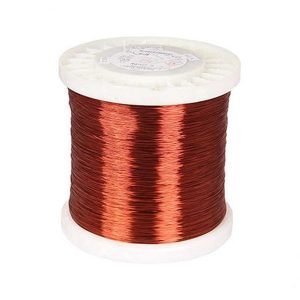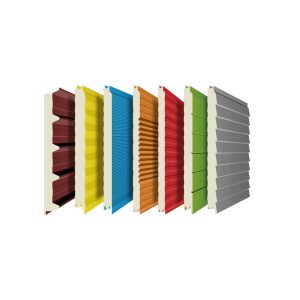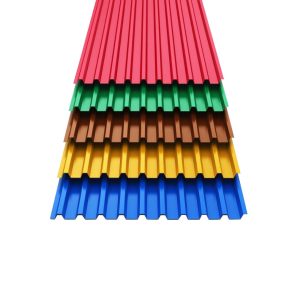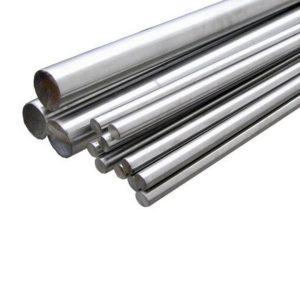Description
Specifications of A3 Rebar:
- Tensile Strength: 600 MPa
- Minimum Allowable Yield: 400 MPa
- Plastic Elongation: 14%
- Rebar Shape: Cross and Eight-shaped
- Hardness: Semi-hard
- Deformation Type: Helical twists
- Usage: Construction purposes
- Dry Rebar Definition: A3 rebar is classified as dry rebar.
- Welding and Bending: A3 rebar is not flexible like A2 and, therefore, lacks welding and bending capabilities.
- Resistance Comparison: A3 rebar has lower resistance compared to deformed A4 rebar, with a yield stress of 6000 kg/cm² and an ultimate tensile strength of 4000 kg/cm².
Application of A3 Rebar: A3 rebars are well-known as construction reinforcement and are used as longitudinal reinforcement in concrete pouring and reinforcement of columns, beams, and structural foundations in construction. Due to their brittle nature, A3 rebars are not suitable for use in locations with sharp angles and intense bending requirements.












aboolfazl –
For price inquiries, contact +989127482083